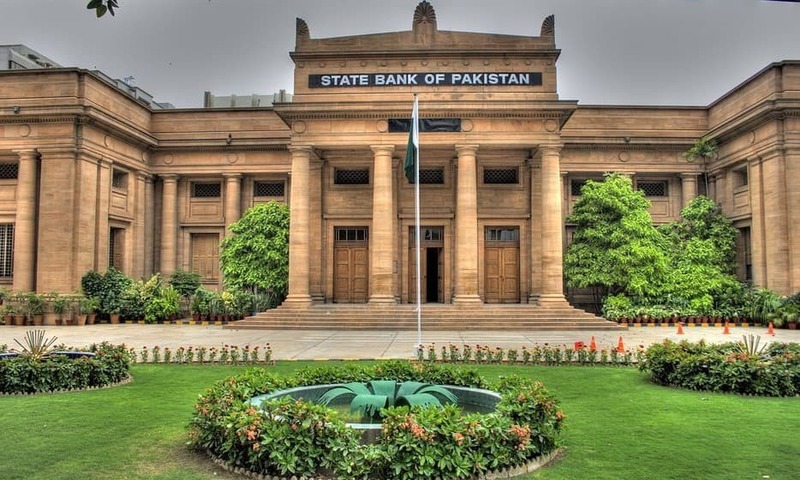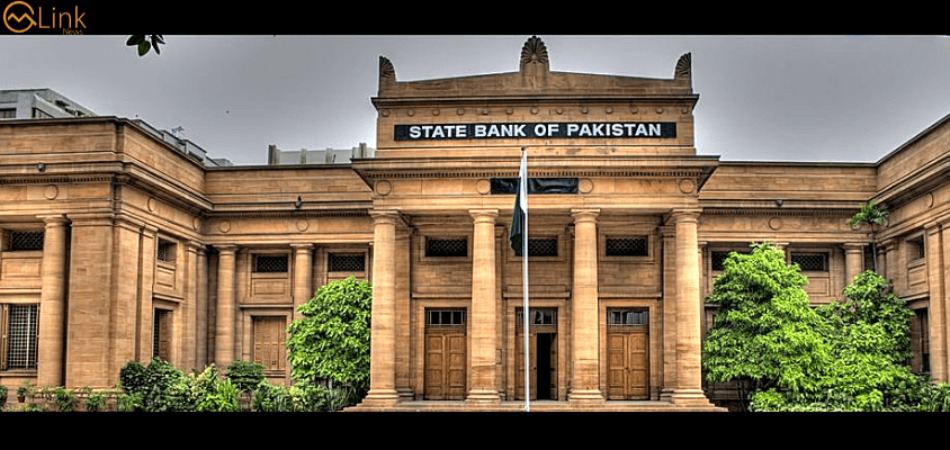SBP's upcoming MPS to focus on economic growth, rate cuts

Asad Rizvi | December 13, 2024 at 01:56 PM GMT+05:00
December 13, 2024 (MLN): It is quite heartening to learn that the ADR has recovered sharply, and the press release and monetary policy decision coming next week should highlight the positive work of the banking industry.
It is anticipated that the SBP will pinpoint the areas of economic expansion and offer specifics about which sectors will gain from them.
The SBP Governor is likely to stress the points in his speech and provide a detailed explanation of the economic benefits, while the SBP presentation team is expected to provide the forecasters with a detailed explanation in its MPS Analysts Briefing.
If we examine the rate and magnitude of the policy rate reduction as well as a sudden and dramatic decline in KIBOR, t/bills, bonds, and Sukuk rates and yields.
SBP has dropped 700bps so far, and they have typically been correct in their early warnings. Let's see what happens in the upcoming announcement. According to market forecasts, the rate drop will be between 100 and 300 basis points.
In my opinion, the Advance to Deposit Ratio (ADR), a key component of monetary policy, is currently a more significant issue than the policy rate itself, which is why the government is forced to form a high-level committee in order to solve the issue.
After banks failed to provide the private sector the required 50% credit of their deposits, this situation arose.
If the ADR calculation had been based on an annual average rather than the last day of the calendar year, things would have turned out much better.
As of December 6, the entire amount of outstanding borrowing by banks, or SBP injection amount of Rs 10,632 billion through open market operations (OMO), is still quite high, which could be due to the banking sector's high level of activity.
Of this amount, Rs 554 billion is from Islamic banks, and the rest amount is from conventional banks.
However, the government's debt condition has improved as a result of re-profiling.
Reduced government paper yields will contribute to lower refinancing costs. Improvements should also be made to the balance of payments and the fiscal deficit figure.
A BPRD Circular on Minimum Rate of Return on Saving Deposits (MDR) was released by SBP in January 2025 in order to partially compensate banks for their aggressive position that would have harmed depositors and to protect the interests of depositors, especially small ones.
Nonetheless, it is encouraging to know that the market predicts that by the end of December, the ADR ratio will have climbed by around 1000 basis points.
The SBP Governor's speech and monetary policy statement should simply explain the activity and the economic advantages because this is an extraordinary record for the financial market.
According to SBP's most recent data, bank advances have risen to all-time highs of Rs 14.9 trillion, while deposits in the banking industry have reached an all-time high of Rs 31.1 trillion.
It is important to understand how the banks were able to expand the corporate sector's credit lines so quickly. The size of the customer's balance sheet determines how much the bank will lend.
The economy must have been motivated by the infusion of trillions of Rupees liquidity into the private sector. How many new employment were created, and which industry is the beneficiary?
The private sector will see an enormous boost in both imports and exports as a result. Raw materials are purchased with around one-third of foreign cash to boost exports.
Given that it will boost tax collection, revenue collectors must be relieved by such record funding levels. Lending to the private sector should help banks maintain healthy profitability, which will increase bank profits.
It is heartening to see inflation declining at such a rapid rate as a result of coordinated efforts by the fiscal authorities and monetary policymakers.
The market, however, will be more interested in learning how SBP plans to manage the ADR and the last two quarters of this fiscal year than it will be in the policy rate cut this time.
The writer is the former Country Treasurer of Chase Manhattan Bank
Disclaimer: The views and analysis in this article are the opinions of the author and are for informational purposes only. It is not intended to be financial or investment advice and should not be the basis for making financial decisions.
Related News
| Name | Price/Vol | %Chg/NChg |
|---|---|---|
| KSE100 | 134,299.77 290.06M |
0.39% 517.42 |
| ALLSHR | 84,018.16 764.12M |
0.48% 402.35 |
| KSE30 | 40,814.29 132.59M |
0.33% 132.52 |
| KMI30 | 192,589.16 116.24M |
0.49% 948.28 |
| KMIALLSHR | 56,072.25 387.69M |
0.32% 180.74 |
| BKTi | 36,971.75 19.46M |
-0.05% -16.94 |
| OGTi | 28,240.28 6.19M |
0.21% 58.78 |
| Symbol | Bid/Ask | High/Low |
|---|
| Name | Last | High/Low | Chg/%Chg |
|---|---|---|---|
| BITCOIN FUTURES | 118,140.00 | 119,450.00 115,635.00 |
4270.00 3.75% |
| BRENT CRUDE | 70.63 | 70.71 68.55 |
1.99 2.90% |
| RICHARDS BAY COAL MONTHLY | 97.50 | 0.00 0.00 |
1.10 1.14% |
| ROTTERDAM COAL MONTHLY | 108.75 | 108.75 108.75 |
0.40 0.37% |
| USD RBD PALM OLEIN | 998.50 | 998.50 998.50 |
0.00 0.00% |
| CRUDE OIL - WTI | 68.75 | 68.77 66.50 |
2.18 3.27% |
| SUGAR #11 WORLD | 16.56 | 16.60 16.20 |
0.30 1.85% |
Chart of the Day
Latest News
Top 5 things to watch in this week
Pakistan Stock Movers
| Name | Last | Chg/%Chg |
|---|
| Name | Last | Chg/%Chg |
|---|




 MTB Auction
MTB Auction